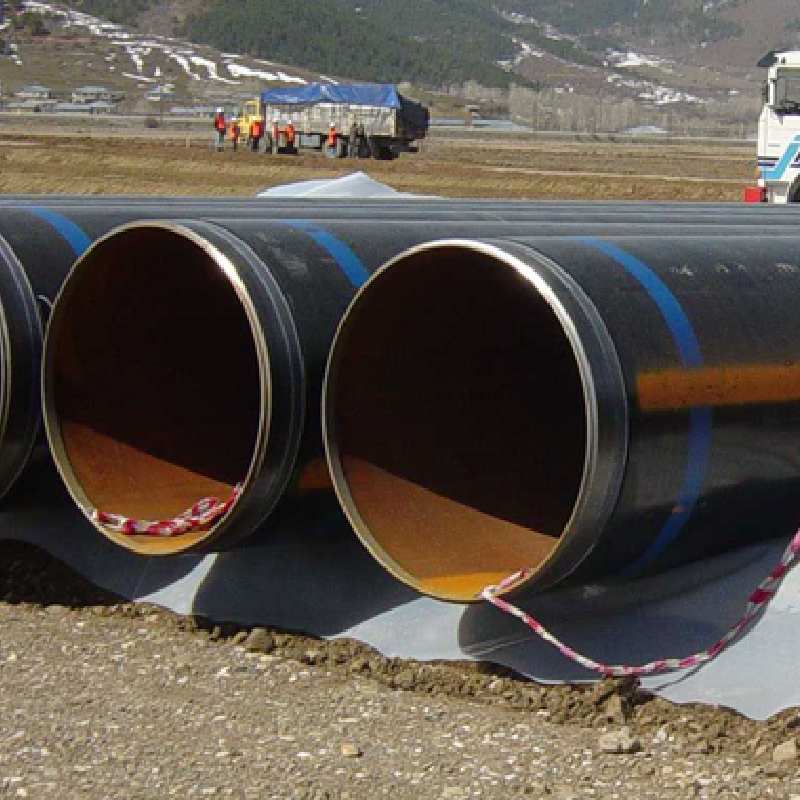-
Cangzhou Yulong Steel Co., Ltd.
-
Phone:
+86 13303177267 -
Email:
admin@ylsteelfittings.com
- English
- Arabic
- Italian
- Spanish
- Portuguese
- German
- kazakh
- Persian
- Greek
- French
- Russian
- Polish
- Thai
- Indonesian
- Vietnamese
- Zulu
- Korean
- Uzbek
- Hindi
- Serbian
- Malay
- Ukrainian
- Gujarati
- Haitian Creole
- hausa
- hawaiian
- Hebrew
- Miao
- Hungarian
- Icelandic
- igbo
- irish
- Japanese
- Javanese
- Kannada
- Khmer
- Rwandese
- Afrikaans
- Albanian
- Amharic
- Armenian
- Azerbaijani
- Basque
- Belarusian
- Bengali
- Bosnian
- Bulgarian
- Catalan
- Cebuano
- China
- China (Taiwan)
- Corsican
- Croatian
- Czech
- Danish
- Esperanto
- Estonian
- Finnish
- Frisian
- Galician
- Georgian
- Kurdish
- Kyrgyz
- Lao
- Latin
- Latvian
- Lithuanian
- Luxembourgish
- Macedonian
- Malgashi
- Malayalam
- Maltese
- Maori
- Marathi
- Mongolian
- Myanmar
- Nepali
- Norwegian
- Norwegian
- Occitan
- Pashto
- Dutch
- Punjabi
- Romanian
- Samoan
- Scottish Gaelic
- Sesotho
- Shona
- Sindhi
- Sinhala
- Slovak
- Slovenian
- Somali
- Sundanese
- Swahili
- Swedish
- Tagalog
- Tajik
- Tamil
- Tatar
- Telugu
- Turkish
- Turkmen
- Urdu
- Uighur
- Welsh
- Bantu
- Yiddish
- Yoruba

Nov . 22, 2024 04:33 Back to list
metal pipe price per foot
Understanding the Dynamics of Metal Pipe Pricing Per Foot
Metal pipes are essential components in a wide range of industries, including construction, plumbing, manufacturing, and oil and gas. Their versatility, durability, and strength make them indispensable for both residential and industrial applications. A crucial aspect of working with metal pipes is understanding their pricing, especially the cost per foot. This article delves into the factors affecting metal pipe prices, the types of metal pipes available, and how one can navigate the market effectively.
Types of Metal Pipes and Their Uses
Metal pipes come in various materials, including steel, stainless steel, copper, and aluminum. Each material has unique properties that can influence its pricing
1. Steel Pipes These are commonly used in construction and structural applications due to their strength and durability. They are often available in different grades, with carbon steel being a popular choice. The cost of steel pipes can fluctuate based on the global supply and demand for steel.
2. Stainless Steel Pipes Known for their corrosion resistance and aesthetic appeal, stainless steel pipes are ideal for applications in food processing, pharmaceuticals, and marine environments. Their higher production cost often translates to a higher price per foot compared to regular steel.
3. Copper Pipes Widely used in plumbing and HVAC systems, copper pipes have excellent thermal conductivity and resistance to corrosion. However, the price of copper can be volatile, heavily influenced by global market trends and mining output.
4. Aluminum Pipes Lightweight and resistant to corrosion, aluminum pipes are popular in aerospace and automotive applications. While they offer several advantages, their price point can vary significantly based on the alloy used and current market conditions.
Factors Influencing Metal Pipe Prices
Several elements impact the cost per foot of metal pipes
1. Raw Material Costs The prices of the raw materials used to manufacture metal pipes fluctuate based on market conditions. For instance, a rise in iron ore prices can directly affect steel pipe pricing.
2. Manufacturing Costs The method used to produce the pipes (such as seamless vs. welded) can influence pricing. The manufacturing process, labor costs, and overhead expenses all contribute to the final cost.
metal pipe price per foot

3. Market Demand In times of increased construction or industrial activity, demand for metal pipes rises, which may lead to price increases. Conversely, during economic downturns, demand may decrease, resulting in lowered prices.
4. Transportation Costs The logistics involved in transporting metal pipes from manufacturers to suppliers and then to customers can also add to their final pricing. Fuel prices and freight charges play a significant role in this aspect.
5. Geopolitical Factors Tariffs, trade disputes, and international regulations can affect the pricing of imported pipes. Such geopolitical issues can lead to increased costs, especially for materials sourced from other countries.
Navigating the Market
For buyers looking to purchase metal pipes, understanding the price per foot is essential for budgeting and procurement. Here are some tips
1. Research Keep an eye on fluctuations in metal prices and market trends. Several resources offer insights into current pricing and projections.
2. Buy in Bulk Purchasing larger quantities may qualify for discounts and reduce the price per foot.
3. Negotiate Don’t hesitate to negotiate prices with suppliers. Establishing a good relationship with suppliers can also lead to better prices over time.
4. Consider Alternatives Depending on the application, consider different types of metal pipes or even alternative materials that may meet your needs at a lower cost.
5. Stay Informed Follow industry news and reports that may impact metal prices. Staying informed can help you make timely decisions about when to purchase materials.
Conclusion
Understanding metal pipe pricing per foot involves more than just looking at numbers; it requires a comprehension of the broader market dynamics at play. By recognizing the factors that influence pricing and staying informed, buyers can navigate the market effectively, ensuring they get the best value for their investment in metal pipes. Whether for construction, manufacturing, or plumbing, being equipped with knowledge can lead to significant cost savings and successful project outcomes.
Latest news
-
ANSI 150P SS304 SO FLANGE
NewsFeb.14,2025
-
ASTM A333GR6 STEEL PIPE
NewsJan.20,2025
-
ANSI B16.5 WELDING NECK FLANGE
NewsJan.15,2026
-
ANSI B16.5 SLIP-ON FLANGE
NewsApr.19,2024
-
SABS 1123 FLANGE
NewsJan.15,2025
-
DIN86044 PLATE FLANGE
NewsApr.19,2024
-
DIN2527 BLIND FLANGE
NewsApr.12,2024
-
JIS B2311 Butt-Welding Fittings LR/SR 45°/90° /180°Seamless/Weld
NewsApr.23,2024











